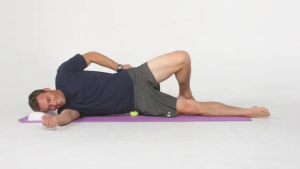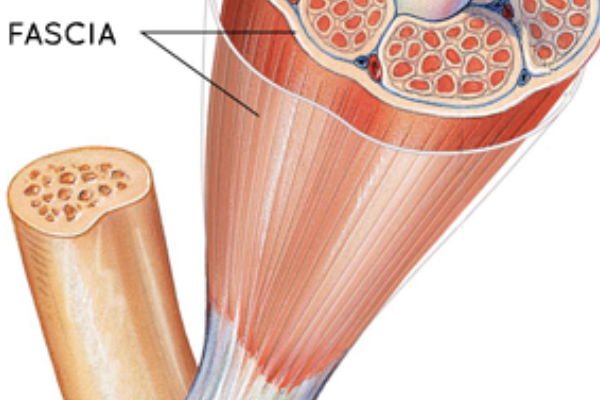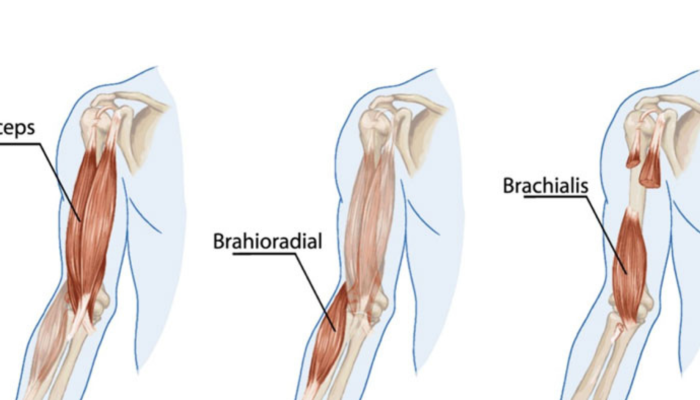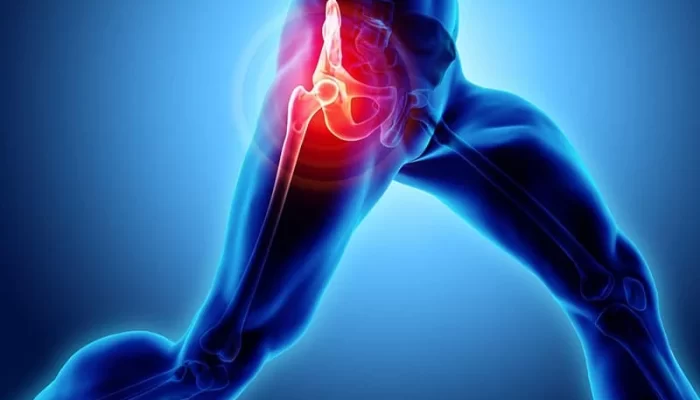
What’s the Point? The Biology of Tennis Ball Massage
Tennis ball massage is an effective technique for addressing myofascial trigger points—those painful knots that can form in muscles and cause discomfort. The basic idea is to use the ball’s pressure to target these knots, aiming to release built-up tension and improve muscle function. The science behind this involves the ball’s ability to apply localized pressure, which stimulates blood flow and promotes muscle relaxation. This process helps in breaking down the knots and restoring normal muscle function.
How to Do It: Tennis Ball Massage Technique Basics
To start with tennis ball massage, follow these basic steps:
- Find the Trigger Point: Locate the area of muscle tension or pain. This is usually a small, sensitive spot within a larger muscle group.
- Position the Ball: Place the tennis ball between your body and a hard surface, such as the floor or a wall.
- Apply Pressure: Gently roll the ball over the trigger point. Apply steady, moderate pressure to the area.
- Adjust Intensity: If the pressure is too intense, back off slightly. You should feel a good level of pressure without excessive pain.
- Duration: Apply pressure for about 30 to 60 seconds. You can repeat this several times a day depending on your needs.
The Specific Goal of Tennis Ball Massage: “Release”
The primary goal of tennis ball massage is to achieve muscle release. This means reducing the tightness in the muscle, which often manifests as a trigger point. By applying pressure with the tennis ball, you encourage the muscle fibers to relax and return to their normal state. This release can lead to improved range of motion, decreased pain, and overall better muscle function.
Where to Apply Your Tennis Ball
The best areas to apply your tennis ball include:
- Back: Myofascial Place the ball between your back and the wall, rolling it over tight spots.
- Shoulders: Position the ball between your shoulder and a wall to target tension.
- Glutes: Sit on the ball to work on the glute muscles.
- Feet: Roll the ball under your feet to alleviate foot pain and improve flexibility.
Tips and Tricks for Longer Lasting Trigger Point Release
To maximize the effectiveness of your tennis ball massage and ensure longer-lasting relief:
- Consistency: Perform the massage regularly. Consistent application helps in maintaining muscle flexibility and reducing the likelihood of trigger points reoccurring.
- Breathing: Focus on deep breathing while massaging. This helps relax the muscle and can enhance the effectiveness of the release.
- Hydration: Drink plenty of water before and after the massage. Hydration aids in muscle recovery and reduces soreness.
- Stretching: Incorporate stretching exercises before and after the massage to complement the release and prevent new trigger points from forming.
Does It Have to Be a Tennis Ball? Not Hardly! Other Massage Tools for Trigger Point Release …
While a tennis ball is a popular and effective choice, there are other tools that can also be used for trigger point release:
- Foam Rollers: Myofascial These provide a broader surface area for rolling out larger muscle groups.
- Massage Balls: Similar to tennis balls but available in various sizes and densities.
- TheraGun or Percussion Massagers: These tools offer a more targeted approach with varying intensity levels.
- Massage Sticks: Handy for working on specific areas with precision.
Why Tennis Balls Might Help Trigger Points (The Extremely Oversimplified Science)
The tennis ball massage works due to a simple principle: pressure and release. By applying pressure to a muscle knot, you increase blood flow to the area, which helps flush out toxins and promotes muscle relaxation. The local pressure helps to break up the tightness and encourages the muscle fibers to return to a normal, relaxed state. While the science behind it is more complex, the fundamental concept is that targeted pressure can effectively relieve muscle tension and improve overall function.
Understanding the Role of Pressure in Muscle Recovery
The mechanism by which tennis ball massage facilitates muscle recovery involves a few key physiological processes. When you apply pressure to a trigger point, you are essentially creating localized compression in the muscle tissue. This pressure helps in several ways:
- Improved Blood Circulation: The compression increases blood flow to the area, which helps in delivering essential nutrients and oxygen while removing metabolic waste products. This enhanced circulation can accelerate the healing process.
- Muscle Relaxation: Applying pressure helps in breaking down the tightness within the muscle fibers, which can lead to a reduction in muscle spasms and tension. As the pressure is maintained, the muscle fibers gradually release, reducing pain and improving flexibility.
- Fascial Release: The fascia is the connective tissue surrounding muscles. By applying targeted pressure, you can help in loosening the fascia, which might be contributing to the formation of trigger points. This release can enhance overall muscle function and reduce stiffness.
Incorporating Tennis Ball Massage into Your Routine
To effectively integrate tennis ball massage into your wellness routine, consider the following tips:
- Daily Routine: Incorporate tennis ball massage into your daily or weekly routine, depending on your needs. Regular use can help in preventing the formation of new trigger points and maintaining muscle flexibility.
- Pre-Workout Preparation: Use the tennis ball massage as a part of your warm-up routine. Applying pressure to key muscle groups before exercise can help in improving blood flow and reducing the risk of injury.
- Post-Workout Recovery: After a workout, use the tennis ball to target any areas of tension or soreness. This can aid in reducing muscle soreness and speeding up recovery.
- Adjusting Techniques: Experiment with different techniques and pressures to find what works best for you. Some people may prefer gentle rolling, while others might benefit from a firmer pressure.
Addressing Common Concerns Myofascial
While tennis ball massage is generally safe, there are a few common concerns to be aware of:
- Overuse: Applying excessive pressure or using the tennis ball too frequently can lead to muscle irritation or soreness. Always listen to your body and adjust the intensity as needed.
- Underlying Conditions: If you have a pre-existing condition or injury, consult with a healthcare professional before starting any new massage techniques. They can provide guidance on whether tennis ball massage is appropriate for your situation.
- Pain Management: The goal is to feel a comfortable level of pressure that helps in releasing tension. If you experience sharp or severe pain, stop the massage and consult a professional.
Conclusion
Tennis ball massage is a practical and effective method for addressing myofascial trigger points and improving muscle function. By understanding the basics of pressure application, proper technique, and integrating this practice into your routine, you can achieve better muscle relaxation and overall wellness. While tennis balls are a great tool, exploring other massage options and maintaining a balanced approach to muscle care can further enhance your recovery and performance.
If you have any questions for us, you can see more at: heathcarenow, Youtube, Twitter(X),…
See more of our other articles: What is Jaw Pain ?, Catabolism vs. Anabolism: What’s the Difference?, Tennis Ball Massage for Myofascial Trigger Points





